Surprising findings from a hurricane in Texas
19 April 2018
In late August 2017, a very strong storm, called Hurricane Harvey, hit southeast Texas in the United States (US). One metre of rain fell in just 3 days as a result of the storm. It usually takes 10 months for that much rain to fall in Houston, a city in Texas that was very affected by Harvey. The storm caused massive floods, and it killed dozens of people. Researchers in Texas and in the Netherlands studied how the victims died due to Harvey and published their results in the journal Natural Hazards and Earth System Sciences. They found that 80% of victims died from drowning. Surprisingly, they also found that almost 80% of deaths happened outside ‘flood zones’. Authorities in the US and in other countries identify ‘flood zones’, low-lying areas around rivers and streams that are more likely to flood, as high-risk areas. This is a way to warn people that, if their houses are inside flood zones, they might be flooded if it rains too much. Hurricane Harvey caused unusual amounts of rain, so flooding outside the designated flood zones was expected. But the researchers were still surprised to find that so many of the deaths caused by Harvey were outside the flood zones because these areas are the ones at higher risk of flooding. The researchers hope their findings encourage authorities to identify high-risk areas outside of the designated flood zones and to take measures to reduce the number of victims in future floods.Find out more
Discuss with your teacher or parents
What is a hurricane and how is it formed? What’s the different between hurricanes, typhoons and cyclones? Find out more in this video from the United Kingdom Met Office from 2011 egu.eu/8WX1YY.
How can authorities reduce the number of victims and damage caused by floods? Check out this educational resource to find out more egu.eu/0W4J3B.
Print version

This is a kids' version of the EGU article: 'Surprising findings from a hurricane in Texas'. It was written by Bárbara Ferreira (EGU Media and Communications Manager), reviewed for scientific content by Anne Jefferson (Associate Professor, Kent State University, US) & Amelia Bulcock (Postgraduate Research Student, Loughborough University, UK), and for educational content by Marina Drndarski (Biology teacher, Primary school Drinka Pavlovic, Belgrade, Serbia).
Translations
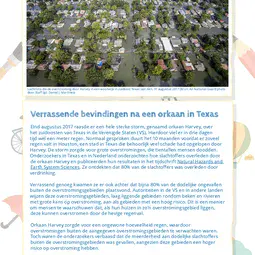
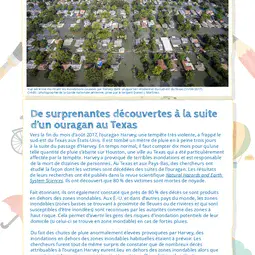
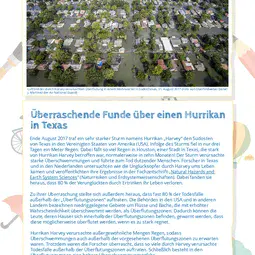
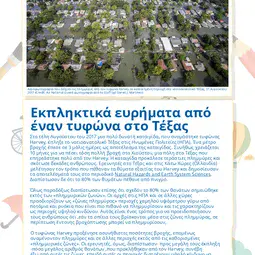
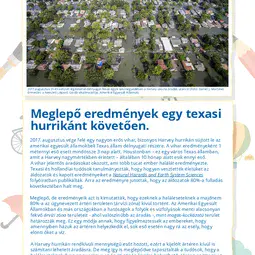
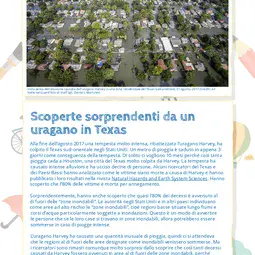
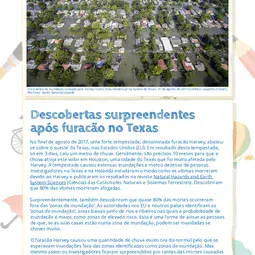
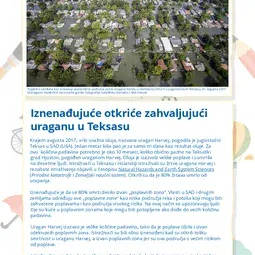
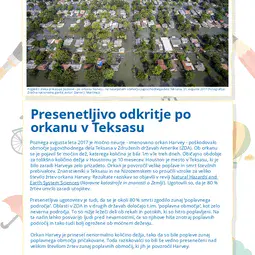
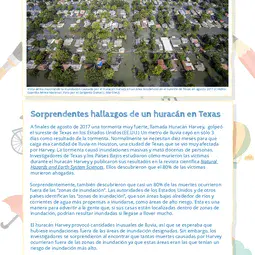
All English-language Planet Press releases are carefully edited, reviewed and proofed, by scientists, educators and EGU staff. Please note that once translated, Planet Press releases receive no further checks from EGU staff. For this reason, we cannot guarantee their accuracy, though we trust the quality of our voluntary translators and are grateful for their work.

